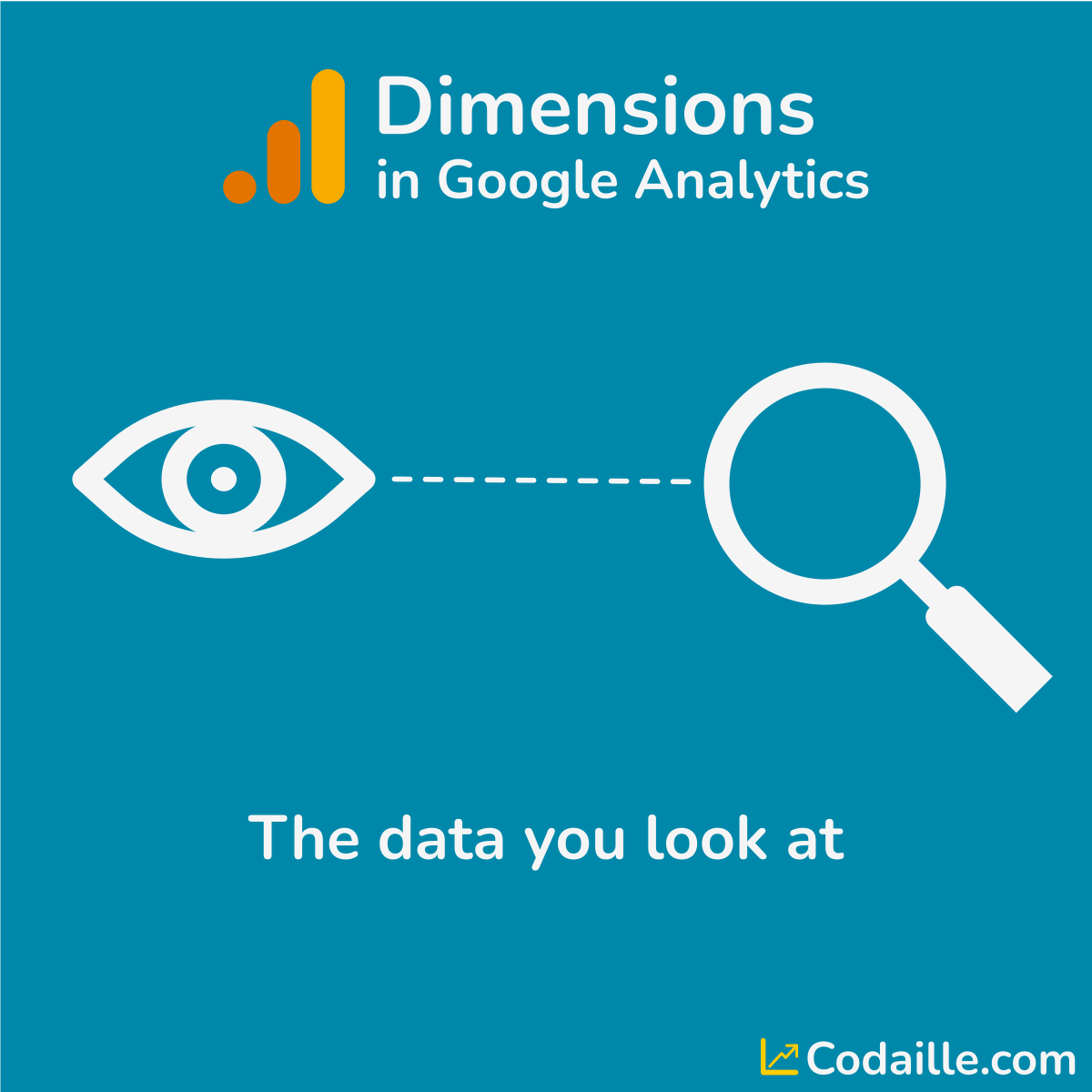Unlock Advanced Insights with Google Analytics Secondary Dimension Devices
Unlock Advanced Insights with Google Analytics Secondary Dimension Devices
Blog Article
Opening the Power of Additional Dimension Analytics for Boosted Data Insights and Decision-Making
In the realm of information analytics, main dimensions typically take the limelight, yet the true depth of understandings lies within the realm of additional measurements. By utilizing the power of additional measurement analytics, companies can introduce covert fads, discover relationships, and remove more purposeful conclusions from their information.
Significance of Second Measurements
Discovering the value of secondary dimensions in analytics unveils the concealed layers of information understandings vital for informed decision-making in various domain names. Second dimensions offer a deeper understanding of primary information by using additional context and perspectives. By integrating additional dimensions right into analytics, organizations can extract a lot more thorough and nuanced insights from their datasets.
One key value of additional measurements is their capacity to segment and categorize key data, allowing for a much more in-depth evaluation of particular parts within a dataset. This segmentation enables companies to determine patterns, patterns, and outliers that may not appear when looking at the data as a whole. Second measurements aid in revealing relationships and dependencies in between different variables, leading to even more exact projecting and anticipating modeling - secondary dimension.
Moreover, second dimensions play a vital function in boosting information visualization and coverage. By adding additional dimensions to visualizations, such as charts or charts, analysts can produce extra insightful and helpful depictions of information, helping with much better communication of findings to stakeholders. Overall, the assimilation of second measurements in analytics is important in opening the complete possibility of information and driving evidence-based decision-making.
Key Benefits of Making Use Of Secondary Measurements
Utilizing secondary dimensions in analytics provides organizations a strategic benefit by increasing the deepness and granularity of information understandings. By dissecting data using secondary dimensions such as time, location, device kind, or customer demographics, organizations can discover patterns, patterns, and connections that may or else stay hidden.
In addition, the use of additional dimensions improves the context in which primary information is translated. It offers a much more thorough sight of the relationships in between various variables, allowing organizations to make enlightened decisions based on a more alternative understanding of their information. Furthermore, additional measurements facilitate the identification of outliers, anomalies, and areas for optimization, inevitably causing a lot more reliable methods and enhanced results. By leveraging secondary measurements in analytics, companies can harness the full potential of their information to drive better decision-making and achieve their business purposes.
Advanced Data Evaluation Techniques
A deep study sophisticated data evaluation techniques exposes sophisticated techniques for extracting valuable understandings from complicated datasets. One such technique is artificial intelligence, where algorithms are used to determine patterns within data, predict end results, and make data-driven choices. This approach permits the automation of analytical design structure, enabling the handling of big quantities of information at go to the website a faster pace than traditional approaches.
An additional advanced strategy is predictive analytics, which utilizes analytical algorithms and device discovering techniques to anticipate future results based on historical data. By analyzing patterns and trends, organizations can prepare for customer behavior, market patterns, and prospective dangers, encouraging them to make positive decisions.
In addition, message mining and view analysis are important strategies for drawing out understandings from disorganized data sources such as social networks remarks, client testimonials, and survey reactions. By examining text data, organizations can comprehend customer opinions, recognize arising patterns, and improve their solutions or items based upon comments.
Enhancing Decision-Making Through Second Dimensions

Enhancing decision-making via secondary dimensions makes it possible for organizations to make more notified and targeted critical options. By segmenting consumer data based on second measurements like purchasing background or engagement degrees, business can customize their advertising techniques to details target market sections, leading to boosted conversion rates and consumer fulfillment. Secondary measurements can aid recognize relationships and partnerships in between various variables, enabling companies to make data-driven choices that drive growth and productivity.
Applying Second Measurement Analytics
When incorporating additional dimensions in analytics, organizations can unlock deeper insights that drive strategic decision-making and enhance overall performance. Applying second measurement analytics needs a structured method to guarantee effective application of this effective tool. The first action is to recognize the crucial metrics and dimensions that align with redirected here the company's calculated objectives. This involves understanding the details concerns the company looks for to respond to and the information points required to resolve them.

Furthermore, organizations should utilize progressed analytics tools and modern technologies to simplify the procedure of including second dimensions. These devices can automate data handling, analysis, and visualization, permitting organizations to concentrate on interpreting understandings rather than hand-operated data control.
Verdict
In verdict, second measurement analytics play an essential role in enhancing information insights and decision-making procedures. By utilizing innovative information evaluation methods and implementing second measurements effectively, companies can open the power of their information to drive calculated business decisions.
In the world of data analytics, main dimensions usually take the limelight, but the real depth of insights exists within the world of secondary measurements.Making use of additional measurements in analytics uses organizations a critical advantage by augmenting the depth and granularity of data insights. By leveraging additional dimensions in analytics, organizations can harness the full possibility of their information to drive better decision-making and achieve their service goals.
Implementing data validation processes and regular audits can help preserve data high quality and dependability.
By making use of innovative information evaluation strategies and implementing additional dimensions properly, organizations can open the power of their information to drive calculated organization decisions.
Report this page